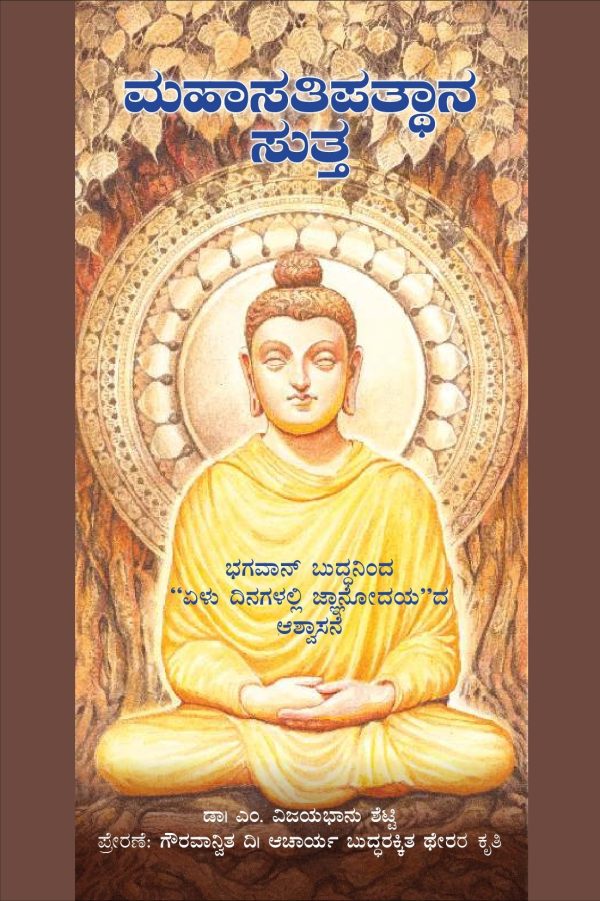The Mahāratnakūṭa Sūtra (Sanskrit; traditional Chinese: 大寶積經; simplified Chinese: 大宝积经; pinyin: dàbǎojī jīng, Tib. dam-chos dkon-mchog-brtsegs-pa) is a major ancient collection of Indian Mahāyāna Buddhist sūtras. It is also known simply as Ratnakūṭa Sūtra (寶積經), literally the Sutra of the Heap of Jewels in Sanskrit (kūṭa means ‘accumulation’ or ‘heap’).
The Mahāratnakūṭa contains many important Mahāyāna sūtras, like the Śrīmālā-devī-siṁhanāda, the Maitreya-paripṛcchā, Kāśyapa-parivarta, and the Sukhāvatīvyūha. The Heap of Jewels collection exists in Chinese and Tibetan translations. It also gives its name to one of the main divisions of Mahayana sutras in the Chinese Buddhist canon and in the Tibetan Buddhist canon.
Overview
The Mahāratnakūṭa Sūtra contains 49 texts of varying length, which are termed "assemblies" by tradition. This collection includes the Śrīmālādevī Siṃhanāda Sūtra, the Longer Sukhāvatī-vyūha Sutra, the Akṣobhya-vyūha Sūtra, a long text called the Bodhisattvapiṭaka, and others.
Parts of this collection was brought to China and translated by Bodhiruci in the 8th century. Bodhiruci translated some of the texts, and included others which had been previously translated. This later Bodhiruci (also known as Bodhiruci II) should not be confused with another Bodhiruci who was the translator of the commentary on Ten Stages Sutra.
The Ratnakūṭa collection totals 49 Mahāyāna sūtras, divided into 120 fascicles in the Chinese translation. Garma Chang, who is listed as General Editor of a volume of select sūtras from the Mahāratnakūṭa translated from Chinese into English, (see below, Further Reading, Garma C.C. Chang, (1983). A Treasury of Mahāyāna Sūtras: Selections from the Mahāratnakūṭa Sūtra. Title Page) summarizes the breadth and variety of texts contained in this collection:
We have found this work to contain a broad coverage of various subjects. The topics discussed range from the monastic precepts (Vinaya) to intuitive wisdom (prajñā), from good deportment to the manifestation of the Tathāgata's light, from illusion (māyā) to ingenuity (upāya) to the nature of consciousness and the Pure Land practice. It can perhaps be called a small encyclopedia of Mahāyāna Buddhism, which should be useful to general readers as well as to scholars.
In the Taishō Tripiṭaka in volumes 11 and 12a, the Mahāratnakūṭa is the text numbered 310, and texts numbered 311 through 373 are various other translations of some of the sutras contained in the Mahāratnakūṭa.
According to the Nikāyasaṅgraha (a Theravādin text), the Ratnakūṭa Sūtra was composed by the "Andhakas", meaning the Mahāsāṃghika Caitika schools of the Āndhra region. The texts of the sutra seem to have been collected over a number of centuries, and their varying subject matter is suggestive of historical transitions between major eras of Buddhist thought. The collection may have developed from a "Bodhisattva pitaka" attributed to some of the early Mahayana schools.
List of sutras
References
Further reading
- Garma C.C. Chang, trans. (1983). A Treasury of Mahāyāna Sūtras: Selections from the Mahāratnakūṭa Sūtra. ISBN 978-0-271-03428-7
- Pederson, K. Priscilla (1980). "Notes on the Ratnakūṭa Collection" in Journal of the International Association of Buddhist Studies 3 (2), 60-66
External links
- "Taishō Tripiṭaka: Ratnakūṭa division (English translations)". Lapis Lazuli Texts. Retrieved 2014-06-29.




